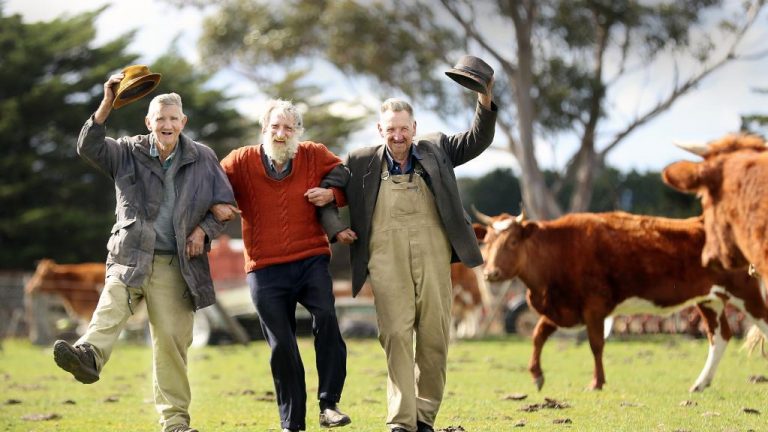Farm supply slumps as drought-stricken farmers dig in

Australia’s worst drought in 400 years has led to a significant decrease in the number of farms coming onto the market in New South Wales and Queensland, real estate agents have said.
“It’s led to a shortage in supply, because owners don’t want to present their properties to the marketplace during advanced stages of drought,” said Brian Mcaneney, director of Ray White Rural Dubbo.
In some areas, stock has dropped by “50% or more”, according to Rawdon Briggs, head of Rural and Agribusiness at Colliers International.
Commercial Insights: Subscribe to receive the latest news and updates
Affecting large swathes of farmland across New South Wales and Queensland, the drought has seen once plush landscapes devolve into unforgiving dustbowls, forcing cattle farmers to rapidly destock as they struggle to pay for feed.
But rather than abandon their rural businesses, farmers are digging deep. And those who wish to sell are delaying listing their properties on the market, so that they can present their farms in the best possible light.
“Everyone likes to sell when their livestock and crops are looking good,” says John Burke from Elders Queensland Rural Real Estate. “When it’s dry, people try to lock the gate and see it out.”
According to Burke, previous droughts also led to drops in supply.

In some drought-stricken areas, stock has decreased by 50%. Picture: Getty.
But stock levels are even lower this year, he says, because the ongoing financial services royal commission had indirectly led to a decrease in the number of farm foreclosures.
“A few years ago, we had a lot of bank-influenced sales. But the negative publicity around banking at the moment means the banks are more inclined to help their clients out now, rather than force them to sell,” he says. “They’re trying to be good citizens.”
According to the agents interviewed by REA Group, the limited supply has helped to shore up prices in spite of the dry conditions, with most sales meeting or exceeding the price expectations of vendors.
Demand was being driven mainly by “existing family operations” who were taking a positive long-term view of the market, says Burke.
Buoyed by strong global commodity prices and other favourable economic conditions, many rural areas even saw values increase over the last 18 months.
According to Mcaneney, farms within a 270km radius of Dubbo in New South Wales had seen their values increase by “at least 30%”.
And while some fear that a break in the weather could result in a wave of properties simultaneously hitting the market and depressing prices, as farmers who struggled through the drought look to cash in on the higher prices often associated with greener conditions, Mcaneney believes that farmers are more likely to stick to their posts.
“The commodity prices are good and the interest rates are low, so I think they’ll battle on,” he says.
Interesting in helping Australian farmers during the drought? Visit ‘Buy a Bale of Hay‘.







